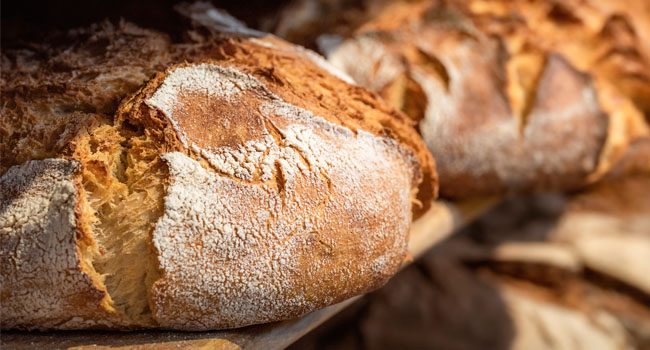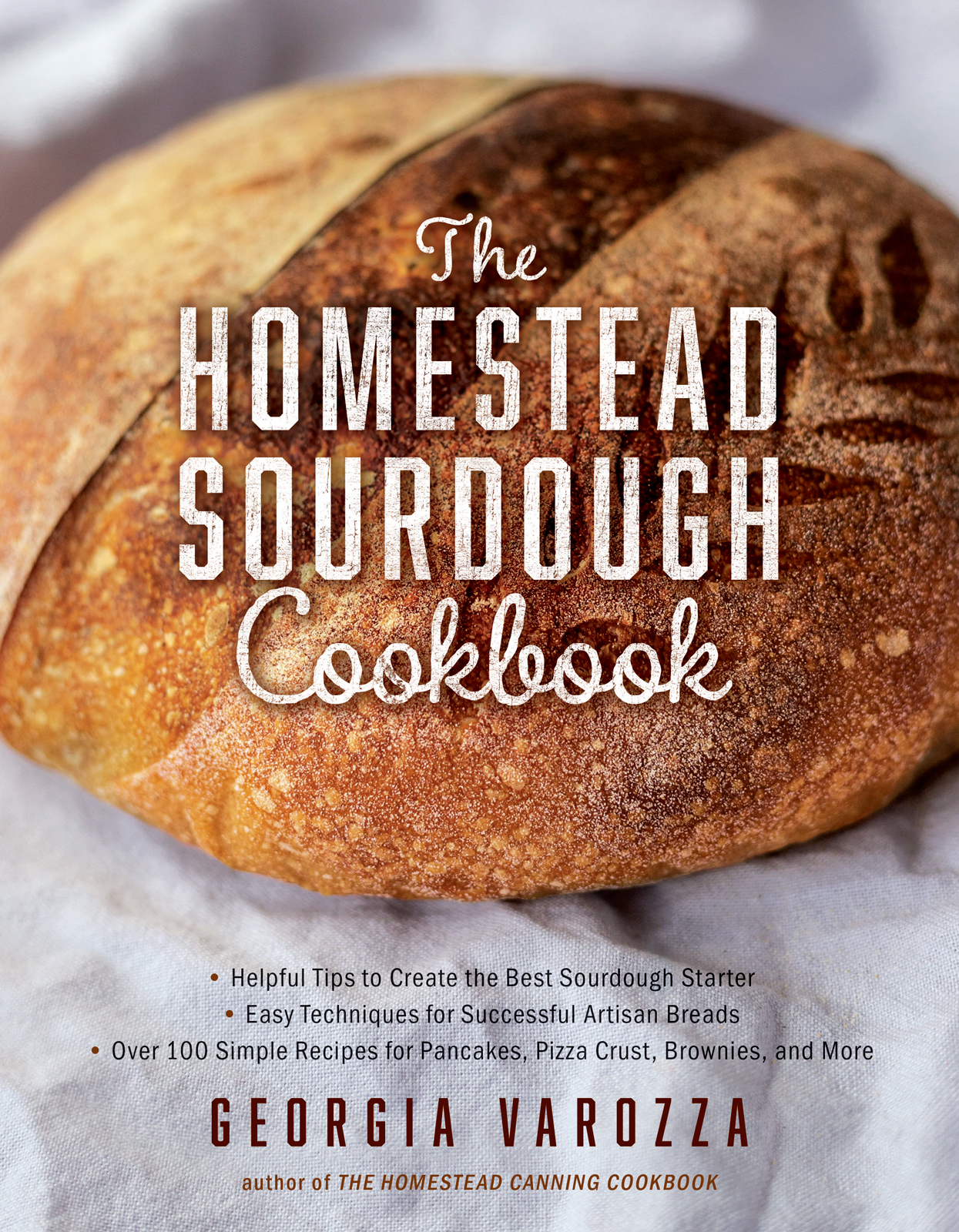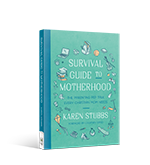
Sign Up for Updates
Connect
TOPICS
- Latest Blog
- Fiction
- Inspirational/Devotional
- Men's Christian Living
- Prophecy
- Women's Christian Living
- View All
ARCHIVES
8 Expert Tips to Set You Up for Sourdough Success
Posted on Feb 15, 2022 Topic : Men's Christian Living, Women's Christian Living
Posted by : Georgia Varozza

Sourdough.
For me, that word evokes a picture of beautiful round loaves, baked to a deep golden brown, the top crust striking from the artistic cut used to release air and help raise the loaf as it bakes. Sometimes it makes me think of solitary miners in the Alaskan wilderness, tired and hungry after a long day panning for gold, or pioneer wagons circled for the night, campfires flaring to provide the heat needed to bake biscuits for dinner. Sourdough has been part of our collective history for many generations—we are simply the latest generation to carry on the storied tradition.
Below are some tips for making your sourdough baking experiences easier and more prone to success. They are in no particular order, and the list is far from exhaustive. Hopefully there is something here that will prove helpful to you as you become increasingly familiar with using sourdough.
Should you use fresh starter or discard?
Typically, fresh starter is used when a slow, high rise is needed, while older starter—the stuff that has risen to its fullest and then shrunk back down (known as discard)—is used for quick recipes that don’t need time to slowly rise. Fresh starter is light and bubbly and has a more delicate taste, while older discard starter is more sour tasting and has a smoother texture.
Make Parchment paper your pal.
Sourdough tends to be sticky, so I’ve found that lightly floured parchment paper helps. It makes a great base for a loaf of bread or biscuits. Place the paper on your baking sheet with your biscuits on top or use it as a hammock that slides into a loaf pan or baking dish. Parchment paper is also a good choice when you are shaping dough.
Flour to reduce sticky dough while handling.
Speaking of parchment paper, the kinds of flour I use to keep my dough from sticking to it (or to my kitchen counter) can be rice flour, coarse semolina flour, cornmeal, or corn flour. Sometimes, I’ve found myself without any of these and will use the flour that’s called for in my recipe instead, with fair success. Whatever you choose, use just as much as you need to keep the dough from sticking. A light hand is best.
How and when to use baking soda and baking powder.
These act as quick-rise agents in sourdough recipes. If you want to experiment, you can add a small amount of either of these to your recipe. The baking soda especially is nice to use (but not too much!) because it chemically reacts to the acid in the starter to speed things along and help lightly sweeten the dough. But too much and the end result becomes bitter. Baking soda and baking powder work especially well with discard, but keep in mind that the baked goods will be denser and moister and with a finer crumb.
Try using barley malt.
Barley malt is great for producing stronger fermentation and rise, better texture with larger holes in the crumb, and deeper colors in your caramelized crust. I use barley malt syrup in the boiling water that precooks bagels, about 1-2 tablespoons in 4 quarts of water. Diastatic malt powder is mixed with the flour used in bread recipes. Because it’s easy to remember, I use 1 gram malt powder per every 100 grams of flour used.
Be aware of rising temperatures.
Rising times vary with the seasons. The cooler the ambient temperature, the slower the rise; the warmer the ambient temperature, the quicker the rise. I’ve found that 72 degrees works well for me, and that’s why I use a proofing box when making long-rise recipes such as bread.
Use your hands to mix.
While I usually start mixing with a large wooden spoon, I invariably end up using my hands. When it comes to stretching and folding my bread dough, my hands are my tool of choice. Yes, it can be a messy proposition, but it works.
Play with recipes.
My family has mostly grown up and flown the coop, so there are times when a smaller amount of whatever I’m cooking is a better use of ingredients. For instance, I pretty much always halve my sourdough tortilla recipe, and many times I bake a half-batch of biscuits. Don’t be afraid to experiment either. Don’t have quite enough starter for a particular recipe? Reduce the remainder of the ingredients and hope for the best, or substitute an ingredient you don’t have, or think would taste better.

Read more in The Homestead Sourdough Cookbook by Georgia Varozza

